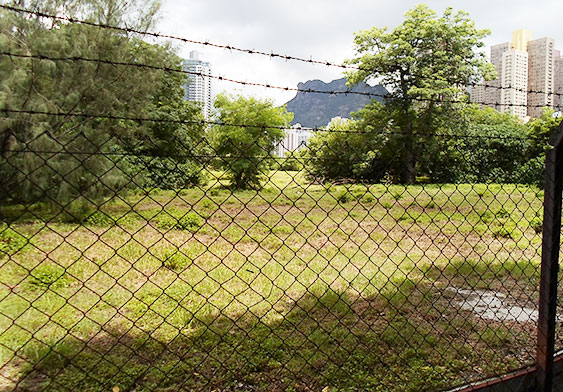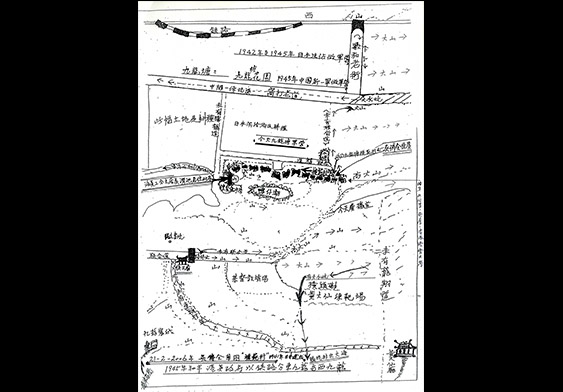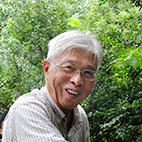
Tai Hom Village Today
Tai Hom was a Hakka village established in the mid-18th century. It was demolish during the Japanese Occupation for the expansion of Kai Tak Airport. Ng Hon Ko Tso owned a lot of farmland in Tai Hom before the Japanese invasion of Hong Kong. -Photo taken by HKMP Team (2012)
Tai Hom Village Today
Tai Hom was a Hakka village established in the mid-18th century. It was demolish during the Japanese Occupation for the expansion of Kai Tak Airport. Ng Hon Ko Tso owned a lot of farmland in Tai Hom before the Japanese invasion of Hong Kong. -Photo taken by HKMP Team (2012)

-
-
Parents run bean sprout factory on ancestral farmland
Ng Fat Chuen's faimly migrated frequently among villages of Kowloon City in order to obtain suitable land and water for farming. When he was 4, his yourger brother was born. To improve their living quality, Ng Fat Chuen’s father vacated the house in Mau Chin and moved to Tai Hom Village. He father started to run a bean sprout factory on Ng Hon Ko Tso’s farmland (presently Lung Cheung Road, opposite to Hollywood Plaza) with two hired staff. Clean water was instrumental to growing bean sprouts. Tai Hom Village had fresh and clean “lung shui” (spring water from underground) which made it a very suitable place for growing bean sprouts. When Ng Fat Chuen was a small child, the “lung shui” was within easy reach. However, it was all gone after Lung Cheung Road and the MTR station were built. Producing bean sprouts involved procedures such as buying beans, soaking beans in water, and irrigation. Ng Fat Chuen thought his father was very competent. The bean sprout factory was made up of two houses in the size of 600 to 700 square feet. The sprouted beans would be transported to and sold in the market on Sa Po Road, Kowloon City.


 BACK
BACK  CLOSE
CLOSE 